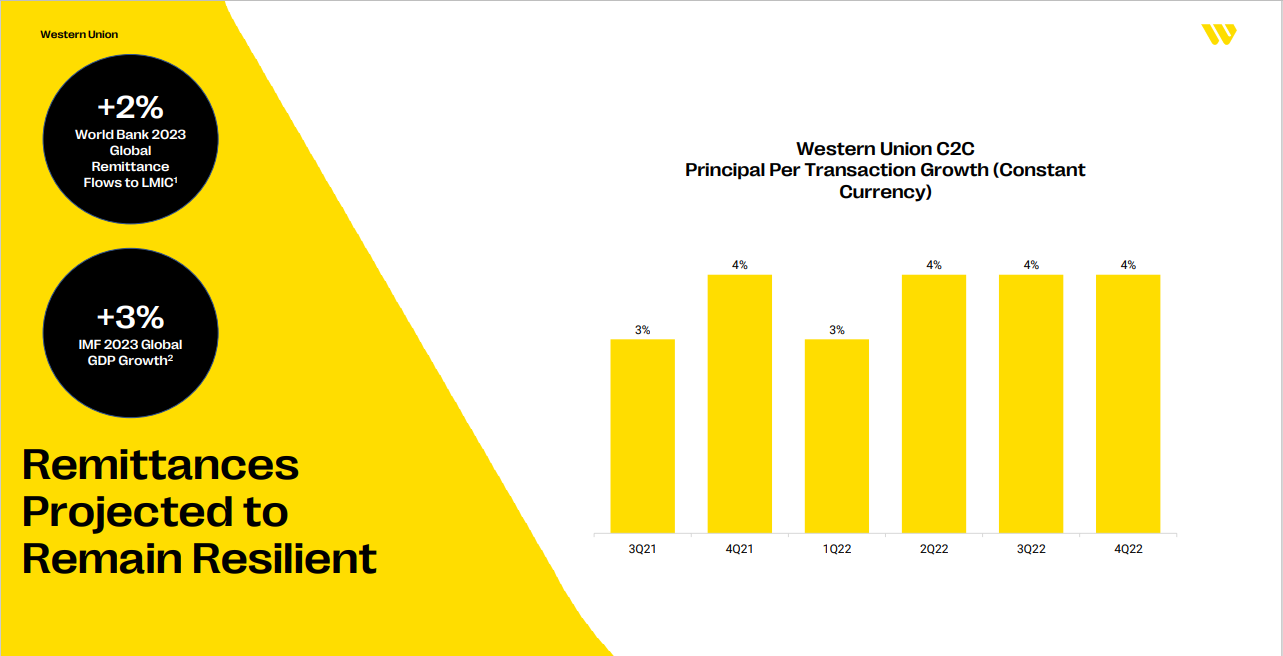
The FREL ETF is an exchange-traded fund that holds stocks of both U.S.-listed companies and foreign companies listed on other global stock markets. The fund's holdings are sorted in random orders. You may not be able to find the stocks that make up the fund because the weights of individual stocks cannot be calculated. The beta of FREL is a sign that it is less risky than overall market.
The beta value of FREL suggests that it was less risky for investors than the market
Its beta is 1.6. This implies that it should rise by 1.87% over the next 12 months. But, this beta value is actually twice what it would suggest. This means that FREL has been more risky than the market in the past year. Investors will appreciate this. The stock is also not volatile so it isn't a good idea for investors to buy it and keep it.
The beta of this fund is less risky then the market's. It has also experienced fewer volatility swings the past 12 months. FREL consists of REITs in the industrial, retail, and hotel sectors. These types of realty are less volatile than other markets but have a beta value of 1.4 which indicates that FREL is less volatile.

It has a dividend yield of 2.69%
A high dividend yield is desirable in many situations, but what makes one stock more attractive than another? Dividend yields are calculated based on the most recent full-year's financial report. The dividend yield is still acceptable if the company just released its annual report; it becomes less relevant the longer the time has passed since the report. Dividend trailing dividends can be calculated by adding the four most recent quarters of dividends together to obtain a trailing twelve month dividend number. A trailing dividend number may be appropriate if dividends were recently reduced or raised.
It may also have U.S. stocks listed
The FREL ETF Exchange Traded Fund (ETF), could have stocks U.S. listed. This ETF tracks the cap-weighted index for US real estate companies. It is open to both public and privately held REITs and tracks the entire market-cap spectrum. FREL may include non-REIT real estate firms. It is taxed as ordinary income. If investors do not want to invest in the U.S.-listed stock markets, they may be interested in investing in other ETFs.
Frel ETFs may contain U.S.-listed stock, and this could be a concern for some investors. The U.S. Securities and Exchange Commission permits non-U.S. funds up to 3% to own voting stocks in U.S. registered funds. Investors need to be careful when investing in ETFs.
It might have industrial and specialized REITs
Real estate investment Trusts (REITs), are investment pools that are made from the sale or lease of real-estate properties. These companies purchase industrial buildings and lease them out to make a portion of their income. There are several types, each with its own advantages and disadvantages. Industrial REITs focus more on manufacturing, distribution, as well as warehouse properties than office REITs. These REITs earn their income by leasing and renting out the properties to industrial companies and other businesses.

Although industrial REITs are usually categorized according to their use, one of the biggest advantages of investing in one is its flexibility. Industrial properties are often flexible in their management, whether a company requires storage space or a distribution centre for a particular business. Industrial REITs might offer more flexibility than other types of REITs. Industrial properties could be close to transportation routes making them more profitable.
FAQ
How are share prices set?
Investors who seek a return for their investments set the share price. They want to make a profit from the company. They then buy shares at a specified price. Investors make more profit if the share price rises. Investors lose money if the share price drops.
The main aim of an investor is to make as much money as possible. This is why investors invest in businesses. They are able to make lots of cash.
Is stock marketable security?
Stock is an investment vehicle which allows you to purchase company shares to make your money. This is done via a brokerage firm where you purchase stocks and bonds.
You could also invest directly in individual stocks or even mutual funds. There are over 50,000 mutual funds options.
These two approaches are different in that you make money differently. With direct investment, you earn income from dividends paid by the company, while with stock trading, you actually trade stocks or bonds in order to profit.
In both cases, ownership is purchased in a corporation or company. However, when you own a piece of a company, you become a shareholder and receive dividends based on how much the company earns.
Stock trading is a way to make money. You can either short-sell (borrow) stock shares and hope the price drops below what you paid, or you could hold the shares and hope the value rises.
There are three types to stock trades: calls, puts, and exchange traded funds. Call and Put options give you the ability to buy or trade a particular stock at a given price and within a defined time. ETFs can be compared to mutual funds in that they do not own individual securities but instead track a set number of stocks.
Stock trading is a popular way for investors to be involved in the growth of their company without having daily operations.
Stock trading is not easy. It requires careful planning and research. But it can yield great returns. It is important to have a solid understanding of economics, finance, and accounting before you can pursue this career.
Can you trade on the stock-market?
Everyone. All people are not equal in this universe. Some have better skills and knowledge than others. So they should be rewarded.
There are many factors that determine whether someone succeeds, or fails, in trading stocks. If you don't understand financial reports, you won’t be able take any decisions.
These reports are not for you unless you know how to interpret them. It is important to understand the meaning of each number. It is important to be able correctly interpret numbers.
This will allow you to identify trends and patterns in data. This will help to determine when you should buy or sell shares.
You might even make some money if you are fortunate enough.
What is the working of the stock market?
You are purchasing ownership rights to a portion of the company when you purchase a share of stock. A shareholder has certain rights. A shareholder can vote on major decisions and policies. The company can be sued for damages. He/she can also sue the firm for breach of contract.
A company cannot issue any more shares than its total assets, minus liabilities. It is known as capital adequacy.
A company with a high capital sufficiency ratio is considered to be safe. Low ratios make it risky to invest in.
Statistics
- Individuals with very limited financial experience are either terrified by horror stories of average investors losing 50% of their portfolio value or are beguiled by "hot tips" that bear the promise of huge rewards but seldom pay off. (investopedia.com)
- The S&P 500 has grown about 10.5% per year since its establishment in the 1920s. (investopedia.com)
- For instance, an individual or entity that owns 100,000 shares of a company with one million outstanding shares would have a 10% ownership stake. (investopedia.com)
- "If all of your money's in one stock, you could potentially lose 50% of it overnight," Moore says. (nerdwallet.com)
External Links
How To
How to Invest Online in Stock Market
You can make money by investing in stocks. There are many ways you can invest in stock markets, including mutual funds and exchange-traded fonds (ETFs), as well as hedge funds. The best investment strategy depends on your risk tolerance, financial goals, personal investment style, and overall knowledge of the markets.
Understanding the market is key to success in the stock market. Understanding the market and its potential rewards is essential. Once you know what you want out of your investment portfolio, then you can start looking at which type of investment would work best for you.
There are three types of investments available: equity, fixed-income, and options. Equity is ownership shares in companies. Fixed income is debt instruments like bonds or treasury bills. Alternatives include things like commodities, currencies, real estate, private equity, and venture capital. Each option has its pros and cons so you can decide which one suits you best.
Two broad strategies are available once you've decided on the type of investment that you want. The first strategy is "buy and hold," where you purchase some security but you don't have to sell it until you are either retired or dead. Diversification, on the other hand, involves diversifying your portfolio by buying securities of different classes. If you buy 10% each of Apple, Microsoft and General Motors, then you can diversify into three different industries. You can get more exposure to different sectors of the economy by buying multiple types of investments. You can protect yourself against losses in one sector by still owning something in the other sector.
Risk management is another important factor in choosing an investment. Risk management allows you to control the level of volatility in your portfolio. A low-risk fund would be the best option for you if you only want to take on a 1 percent risk. A higher-risk fund could be chosen if you're willing to accept a risk of 5%.
Knowing how to manage your finances is the final step in becoming an investor. The final step in becoming a successful investor is to learn how to manage your money. Your short-term, medium-term, and long-term goals should all be covered in a good plan. You must stick to your plan. Don't get distracted with market fluctuations. Keep to your plan and you will see your wealth grow.